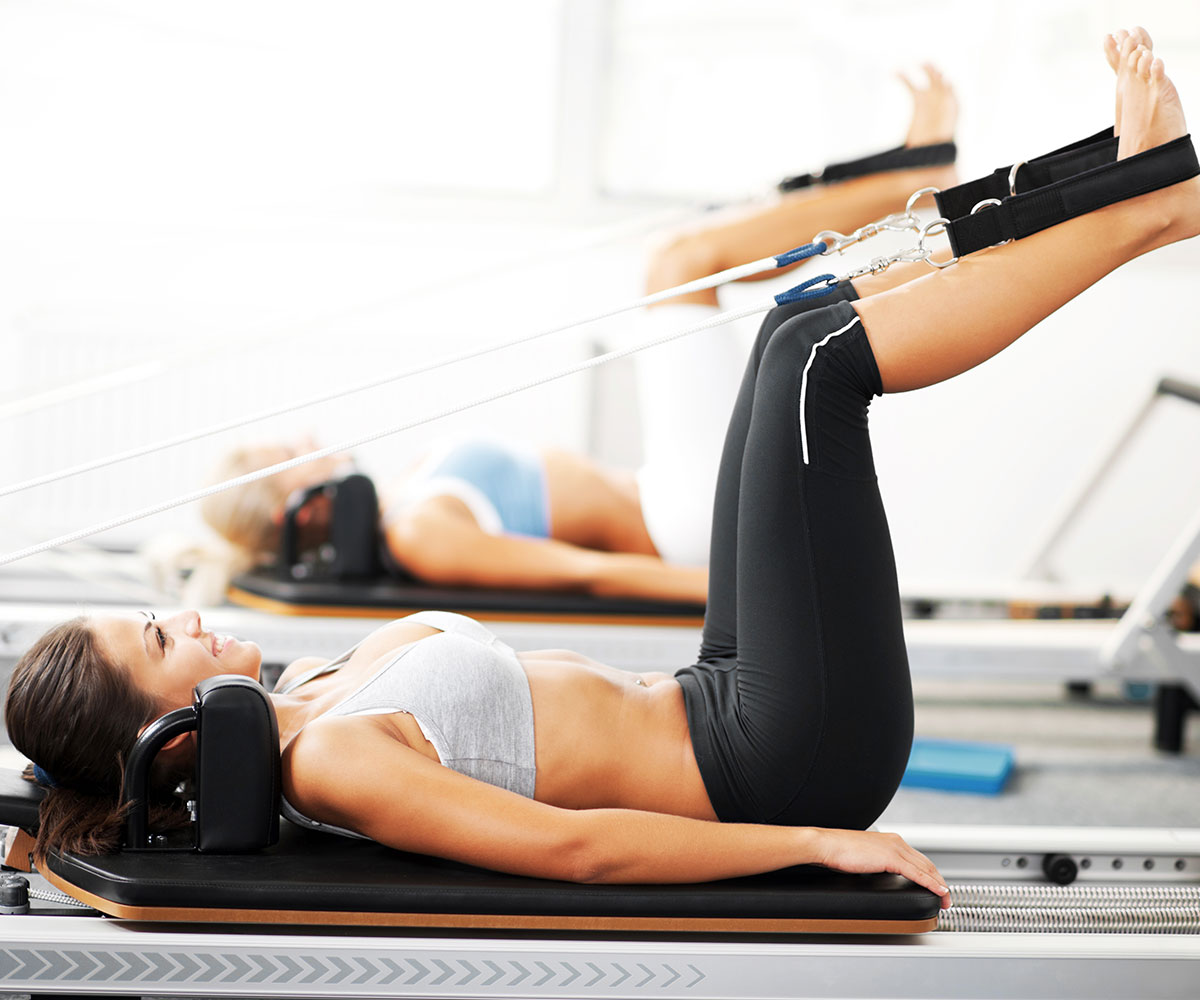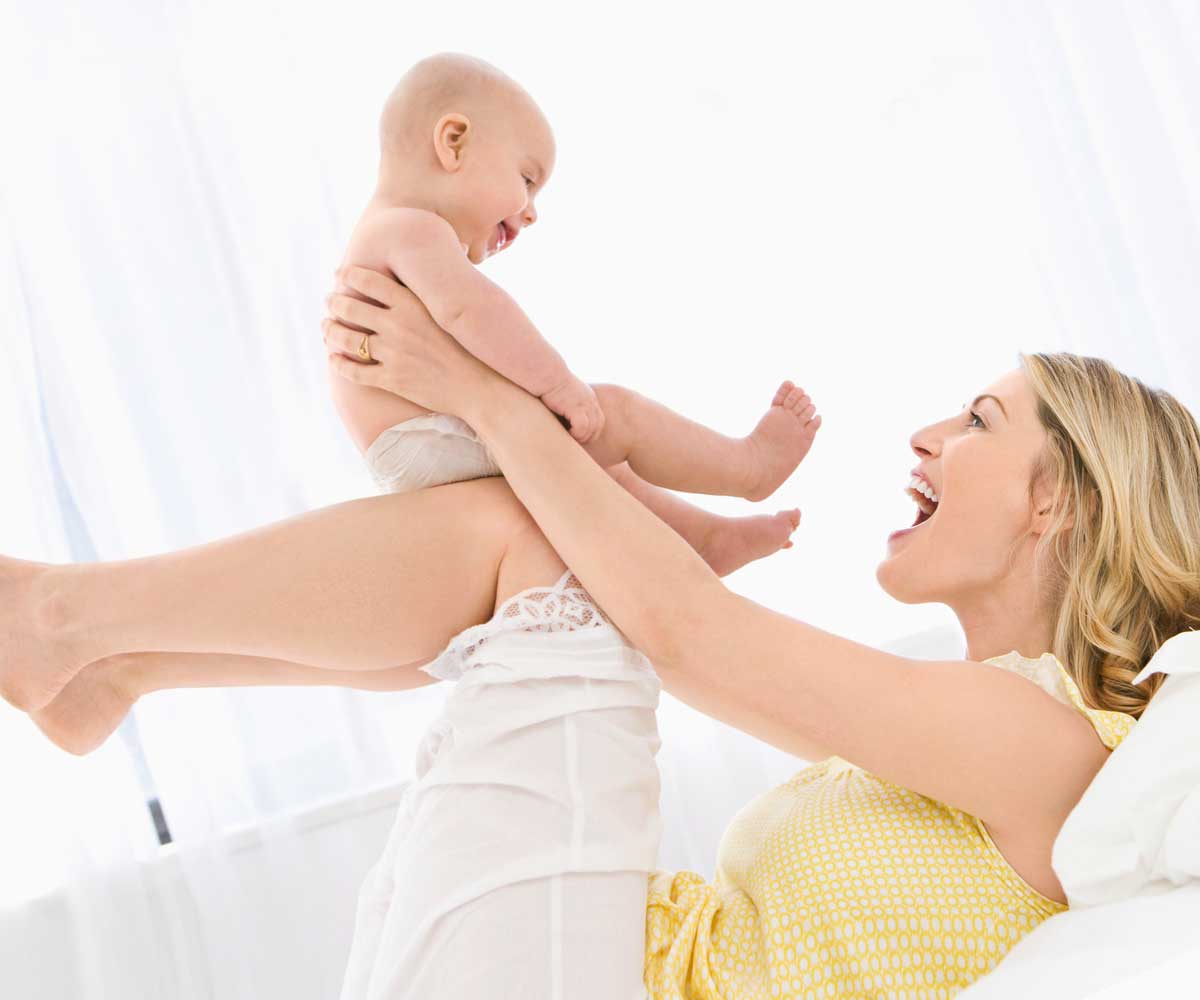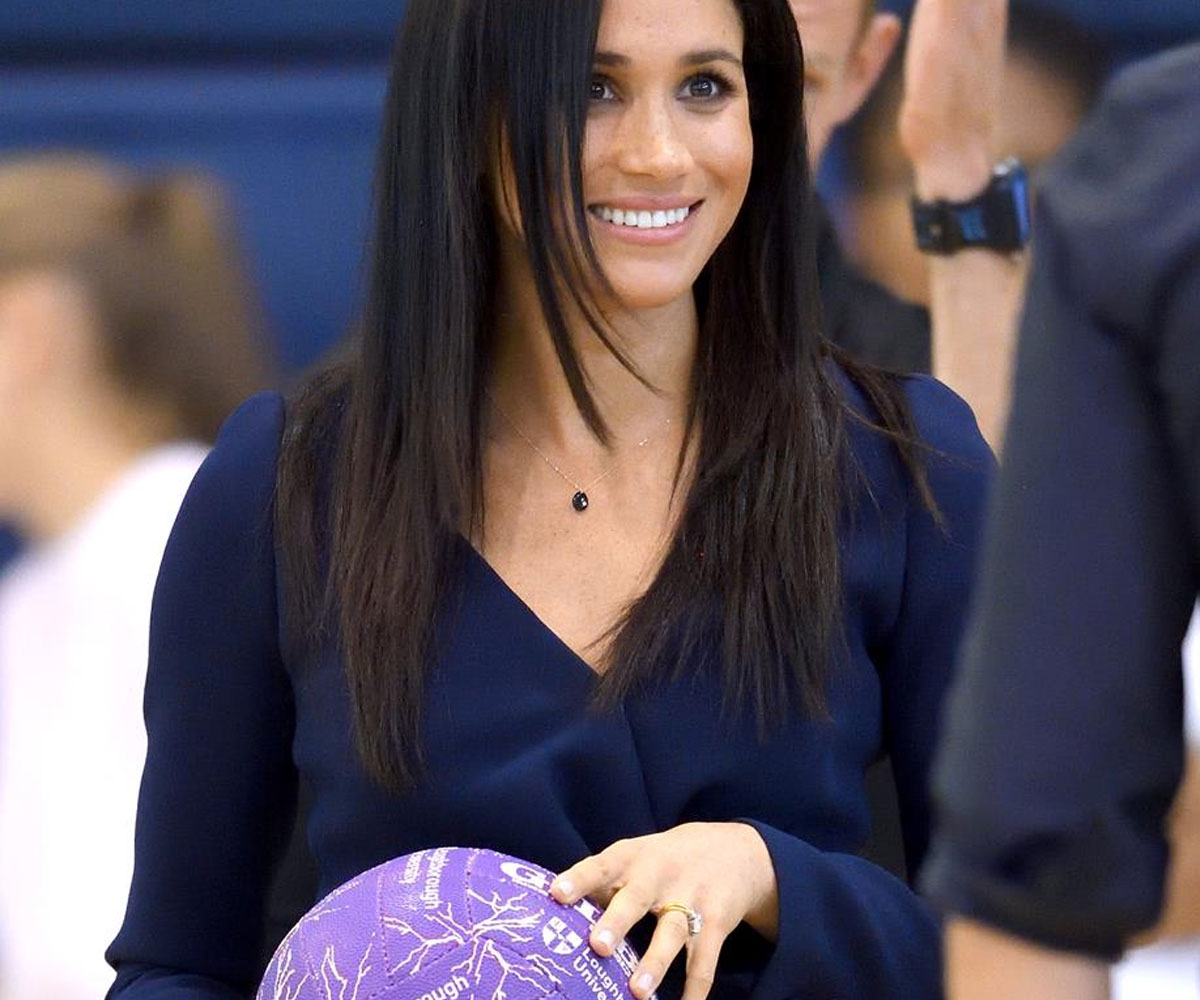Reformer Pilates has taken off, with many fitness enthusiasts, athletes and celebrities, such as Kate Hudson and Miranda Kerr swearing by it for strength, toning, rehab and body awareness.
It has been integral to our former cover star Sharyn Casey’s postnatal body recovery, and her sessions with best friend Kate Hanline are non-negotiable appointments in her schedule.
Kate has been in the fitness industry for 14 years and teaching for eight of those. Her Auckland studio, Core Collective, specialises in reformer Pilates, and she explains how it works.
A reformer machine looks a bit like a bed frame but has a moving carriage attached by springs.
A routine will get you using Pilates movements to push, pull or hold the carriage in place against the resistance of the springs. You can increase or decrease the strength required by reaching down and modifying the number of springs.
Hands or feet can be placed on the adjustable foot-bar to move the carriage, or it can be moved by pulling on the long-handled straps that are attached to the frame.
As if the reformer machine on its own isn’t versatile enough (not to mention the fact that doing exercise on a moving carriage is just plain fun), Kate also loves to switch things up by incorporating Pilates balls, circles, large boxes, or more complex sequences for her advanced classes.
According to Kate, using a reformer machine can help you to do Pilates well.
“If you’ve had past injuries or have any issues with your body, the reformer can be a nice way of assisting you. For example, there might be a specific injury to do with the shoulder and mat work could put too much weight into your hands. That’s when starting with a reformer would be safer.”
A typical class with Kate starts with lying on your back on the carriage doing foot work and leg movements to warm up, followed by an ab series, bridge movements to mobilise the spine, standing exercises to target the glutes, a range of core and shoulder work, then finishing off with a nice stretch.
It might sound relaxing, but a workout will have your muscles burning and trembling with fatigue.

Image courtesy of Core Collective
“It focuses on the control points around the spine, posture through the shoulder girdle, core is a massive part of it, and your pelvis, glutes and thighs,” explains Kate.
She and Sharyn both love the feeling of strength it gives them and the aesthetic benefits, but there are many other great reasons to add Pilates to your regime.
“Pilates aligns you. It helps to lessen back pain, prevent rolled ankles, twisted knees, and feeling hip issues if you do high intensity workouts. It helps to prevent osteoporosis by building bone density and can help with arthritis.”
Many of the foundational movements are similar to those done in yoga, but Kate clarifies that there are some key differences.
“Pilates has much less of a spiritual element and we focus more on isolating specific muscle groups.”
A common misconception is that Pilates is only for people of a certain body shape, fitness level, exercise background or gender.
“Anyone can do it, anyone!” says Kate, who sees a mixture of men and women in her classes.
“You can have no experience with fitness whatsoever and be able to participate.”

Even if you’re an avid gym bunny, Pilates can help to build what Kate refers to as the “mind-body connection” that a lot of us lack, by boosting balance, coordination and control.
Learning to activate the correct muscles when doing key movements such as squats and lunges will also support any gym work and reduce injury.
Pre- and postnatal Pilates is another area Kate specialises in.
“We focus on things a little differently with new mums. Because you’ve been growing this belly, you often end up with quite an arched back. The hormones actually allow movement in your pelvis during pregnancy, so that starts to separate a little bit too.
“It’s all about getting strength back into the core, because it’s just gone, and then getting everything strong around the pelvis.”
Why you should go to classes with an instructor
For new mums or beginners, Kate recommends two or three sessions a week.
Depending on the birth and how a mother’s body feels, one session is sometimes all that can be managed to begin with, but progress will be slower.
Because some exercises can cause strain and discomfort in the core and pelvic areas, it is always best to book in with a certified instructor who can monitor you.
Doing classes with a professional will maximise the benefits while minimising injury, and ensure you are doing the movements correctly and engaging the right muscles, especially if you are new to exercise or have existing injuries.
Kate explains that if you are going to do Pilates at home, doing a couple of classes first can help you to understand how to do the exercises and how they are supposed to feel.
If there isn’t a studio in your area, she recommends Pilates Anytime, an online community with different video tutorials, which is perfect for workouts wherever you are.


